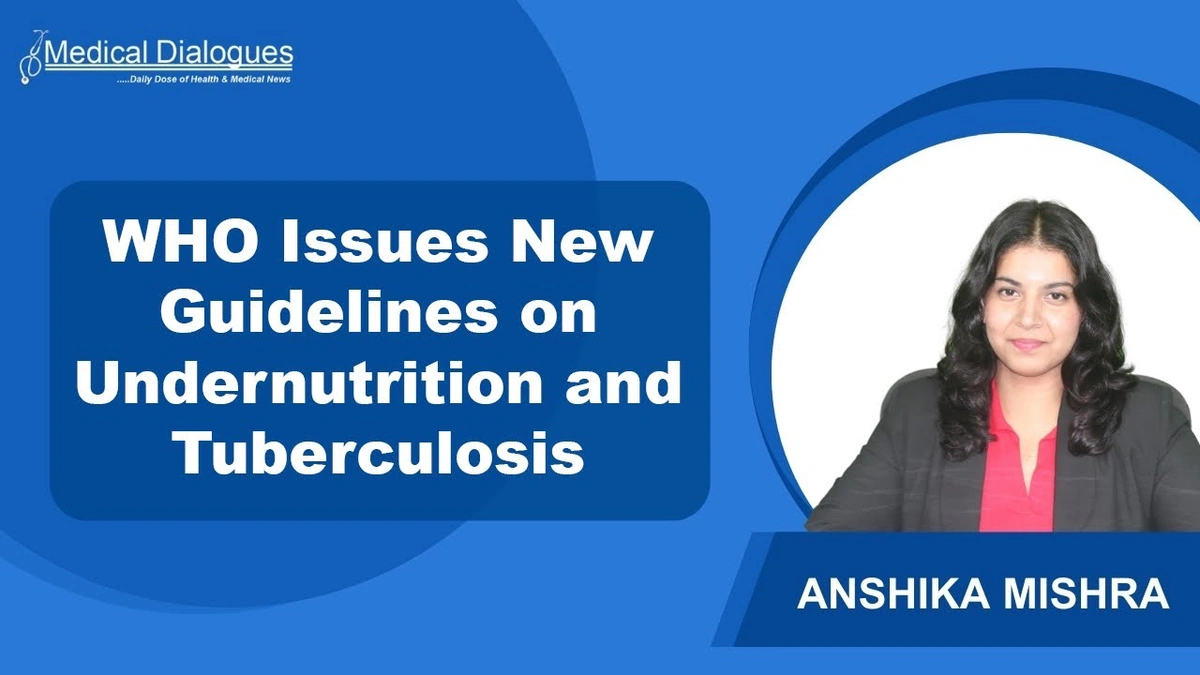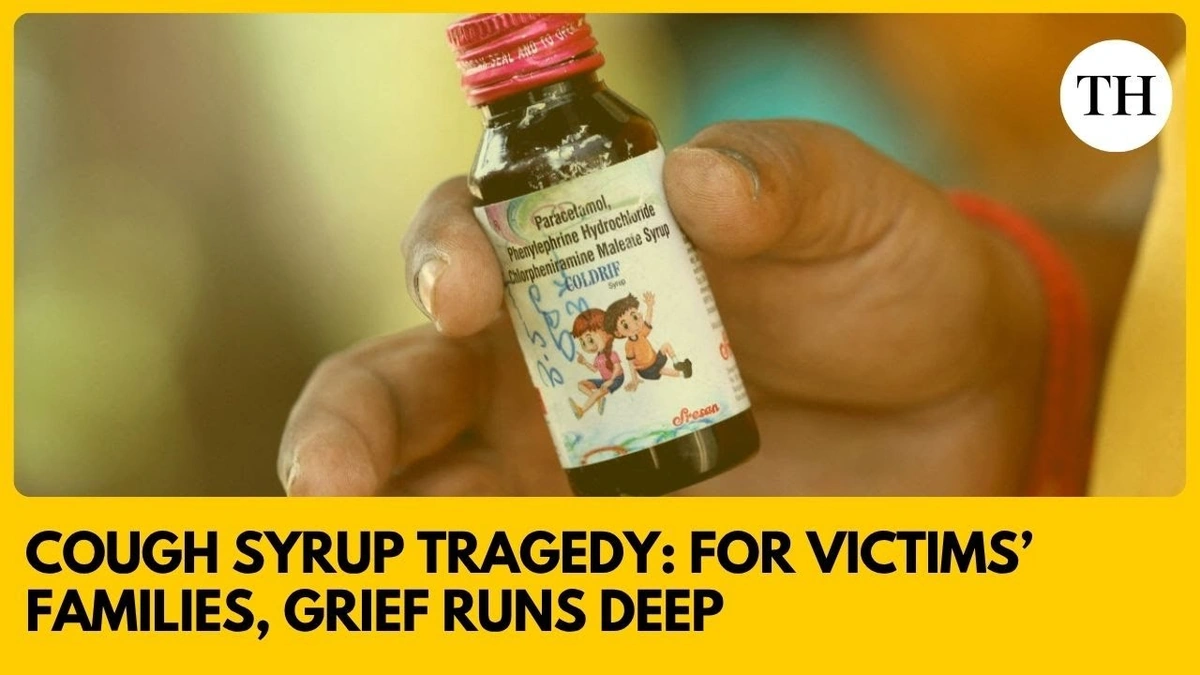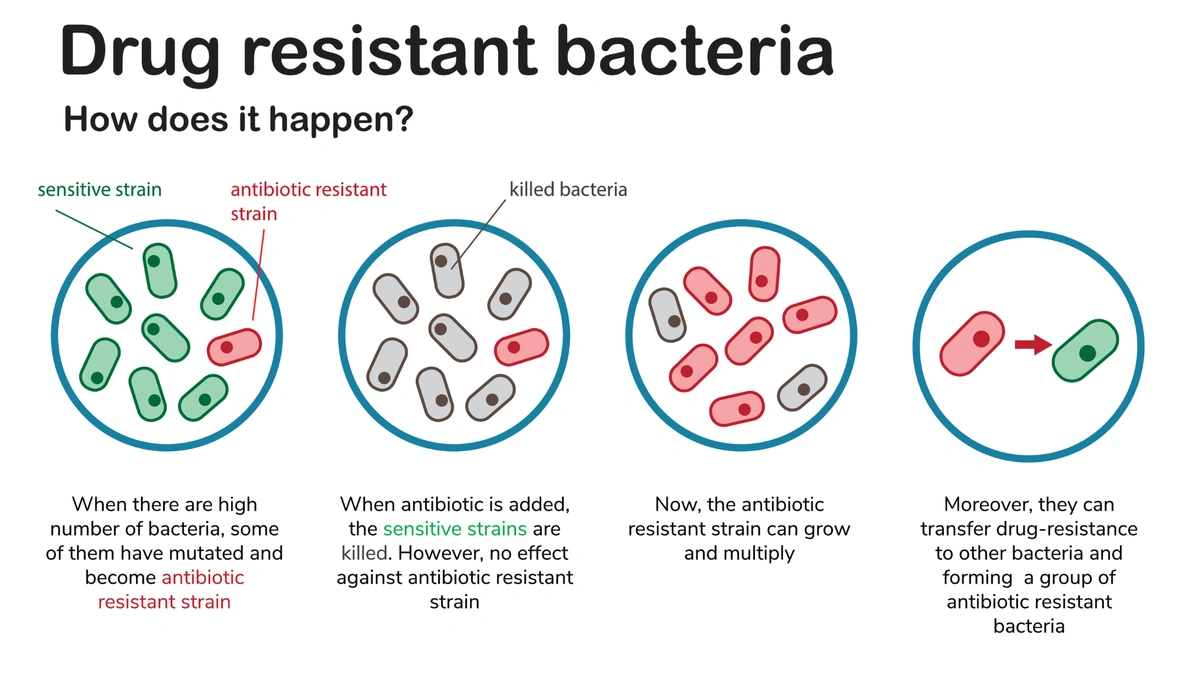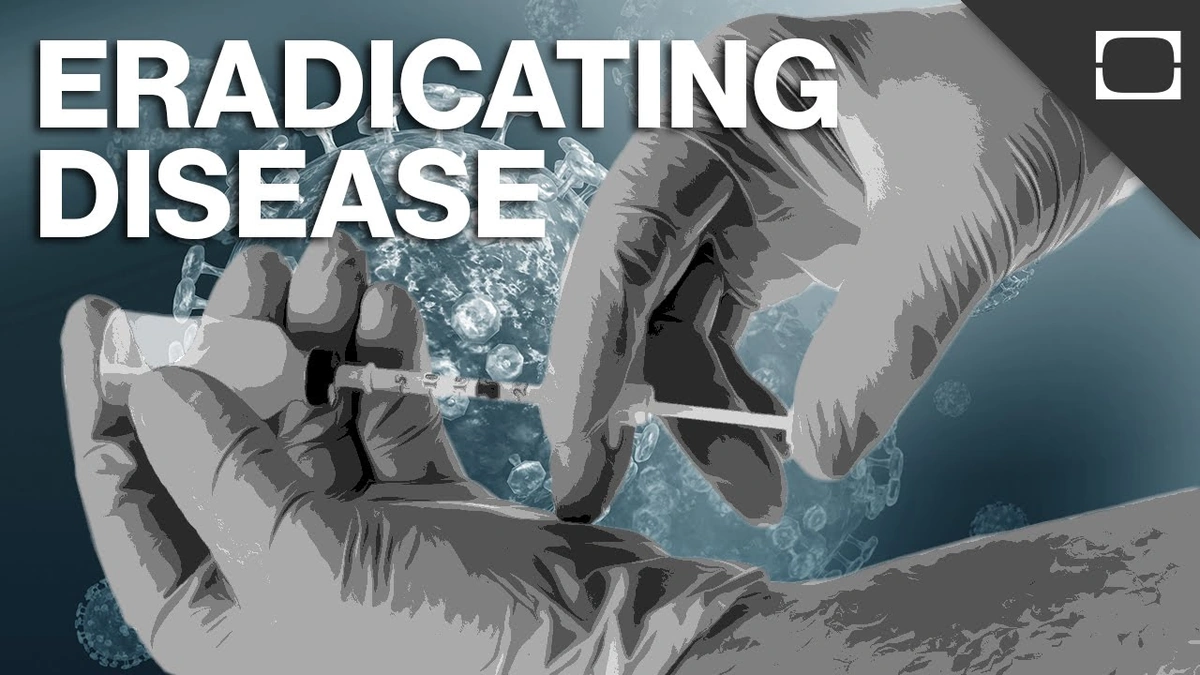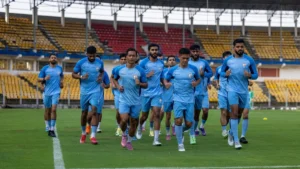WHO Releases Updated Guidelines for Undernutrition and Tuberculosis
The World Health Organization (WHO) has dropped some updated guidelines on undernutrition and tuberculosis (TB). Big deal, right? Well, actually, it is. Here’s the thing: India carries a significant burden of both TB and undernutrition, so these guidelines aren’t just some academic exercise they’re a potential game-changer for public health here. Forget simply reporting the news; let’s dive into why this matters, how it affects India, and what it means for you, me, and everyone we know.
Why Updated Guidelines?
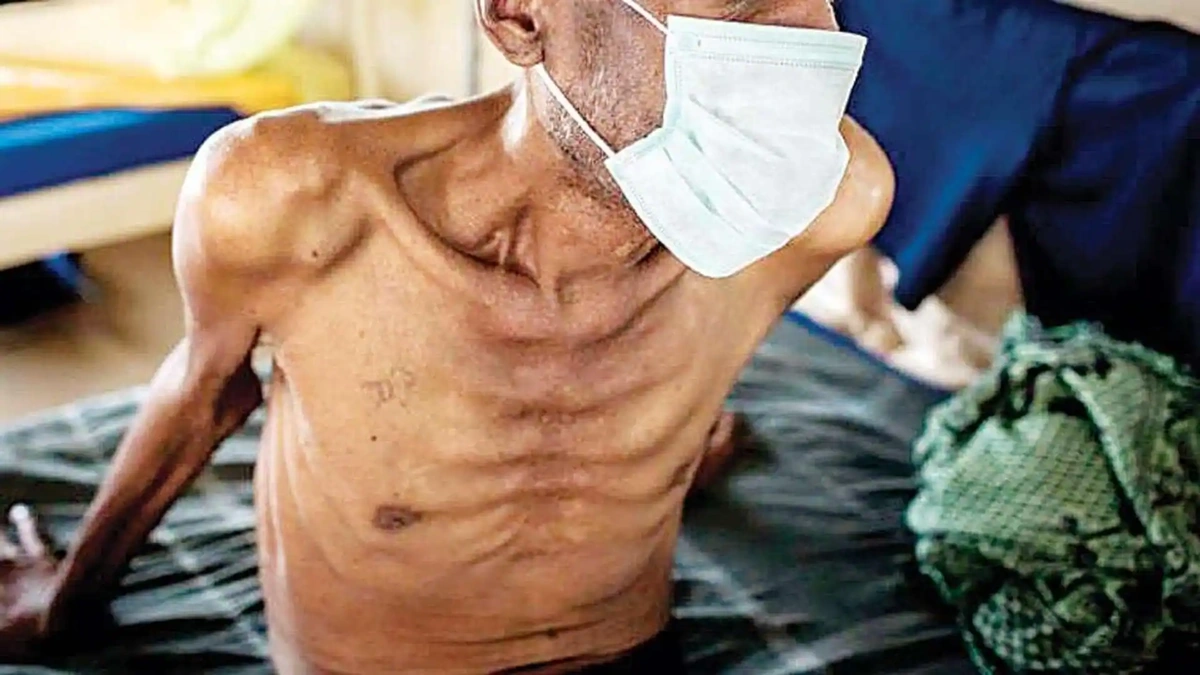
Let’s be honest: Undernutrition and Tuberculosis are a deadly duo. Undernutrition weakens the immune system, making individuals more susceptible to TB. And TB, in turn, exacerbates undernutrition, creating a vicious cycle. I initially thought this was a relatively straightforward issue, until I considered the complexities of implementing changes across a country as diverse as India.
The updated WHO guidelines aren’t just a fresh coat of paint on old strategies. They incorporate the latest research and evidence-based practices. The previous guidelines, while helpful, needed to be updated to reflect our evolving understanding of how these two conditions interact. This is where the “why” angle becomes crucial. These guidelines matter because they provide a more targeted, effective approach to managing this comorbidity. According to theWHO’s official website, the new recommendations focus on early detection, integrated management, and improved nutritional support for TB patients.
Key Changes and Implications for India
So, what’s actually in these guidelines that makes them so important? A few key changes stand out. Firstly, there’s a stronger emphasis on screening TB patients for undernutrition and vice versa. This bidirectional screening is essential for early detection and intervention. Secondly, the guidelines recommend specific nutritional interventions, including dietary counseling and supplementation, tailored to the individual’s needs. I’ve seen firsthand how generic advice often falls flat. This personalized approach is a welcome shift. The WHO also highlights the importance of addressing underlying socioeconomic factors that contribute to both conditions. This integrated approach recognizes that you can’t treat TB or undernutrition in isolation; you have to tackle the root causes.
For India, these guidelines could be a lifeline. With its large population and high burden of both TB and undernutrition, the potential impact is immense. But – and this is a big but – implementation will be key. The guidelines need to be adapted to the local context and integrated into existing healthcare programs. And that’s where the real challenge lies. It’s crucial that healthcare workers are trained on the new guidelines and have the resources they need to implement them effectively. Access to nutritious food, clean water, and sanitation are also essential.
But what fascinates me is the sheer scale of the operation. To effectively implement these guidelines, the Indian healthcare system needs to be agile, adaptable, and, most importantly, adequately funded. The government has already launched several initiatives to address TB and undernutrition, such as the National Tuberculosis Elimination Programme and the Poshan Abhiyaan. These programs provide a platform for integrating the new guidelines, but sustained political commitment and financial investment are crucial for success. And here is an article on health related topics .
How to Advocate for Change and Protect Your Family
Now, let’s bring this down to a personal level. What can you do? What difference can you make? A common mistake I see people make is assuming these issues are someone else’s problem. They are not. Here’s how you can contribute:
- Stay informed: Follow updates from the WHO, the Indian government, and other reliable sources.
- Advocate for change: Support policies and programs that address TB and undernutrition. Write to your elected officials, participate in community initiatives, and raise awareness among your friends and family.
- Promote healthy practices: Encourage healthy eating habits, proper hygiene, and regular medical checkups. If you or someone you know has symptoms of TB, seek medical attention immediately.
And here is another link that can provide you additional information for additional reading .
Overcoming Challenges and Ensuring Success
Let me rephrase that for clarity: implementing these guidelines won’t be a walk in the park. There will be challenges. One of the biggest hurdles is reaching marginalized populations who are at highest risk of both TB and undernutrition. These communities often face barriers to accessing healthcare, such as poverty, discrimination, and geographical isolation. Overcoming these barriers requires targeted interventions and community-based approaches.
Another challenge is ensuring coordination between different government departments and stakeholders. TB and undernutrition are complex issues that require a multi-sectoral response. Collaboration between the health, nutrition, and social welfare sectors is essential. It’s also important to involve civil society organizations, community leaders, and the private sector.
FAQ Section
Frequently Asked Questions
What are the main symptoms of Tuberculosis?
The main symptoms of TB include persistent cough, fever, night sweats, and weight loss. Consult a doctor if you experience these symptoms.
How can I prevent undernutrition?
Eat a balanced diet rich in fruits, vegetables, and protein. Ensure access to clean water and practice good hygiene.
Where can I find reliable information about TB and undernutrition?
Refer to the WHO website, the Indian government’s health portals, and reputable medical journals.
Are these guidelines relevant to people living outside of India?
While tailored for global use, their principles are applicable to any region facing the dual burden of TB and undernutrition. The focus on screening and nutritional interventions is key.
What if I cannot afford nutritious food?
Seek assistance from local food banks and government programs that provide subsidized food and nutritional support. Many organizations offer free or low-cost resources to help those in need.
How often are these guidelines updated?
WHO updates guidelines periodically as new research and evidence become available. Stay updated by regularly checking their official website.
The updated WHO guidelines on undernutrition and TB are more than just recommendations on paper. They represent a chance to improve public health in India and around the world. But it is up to us as individuals, community members and policymakers to make it happen. The change starts with awareness and continues with action.
